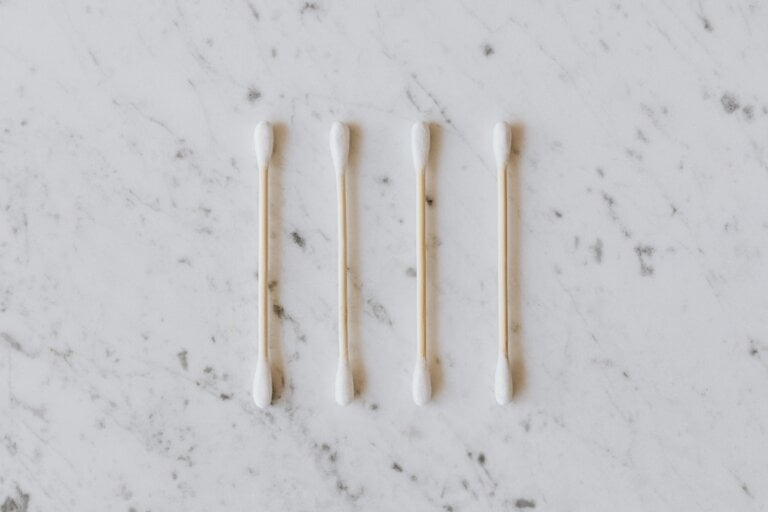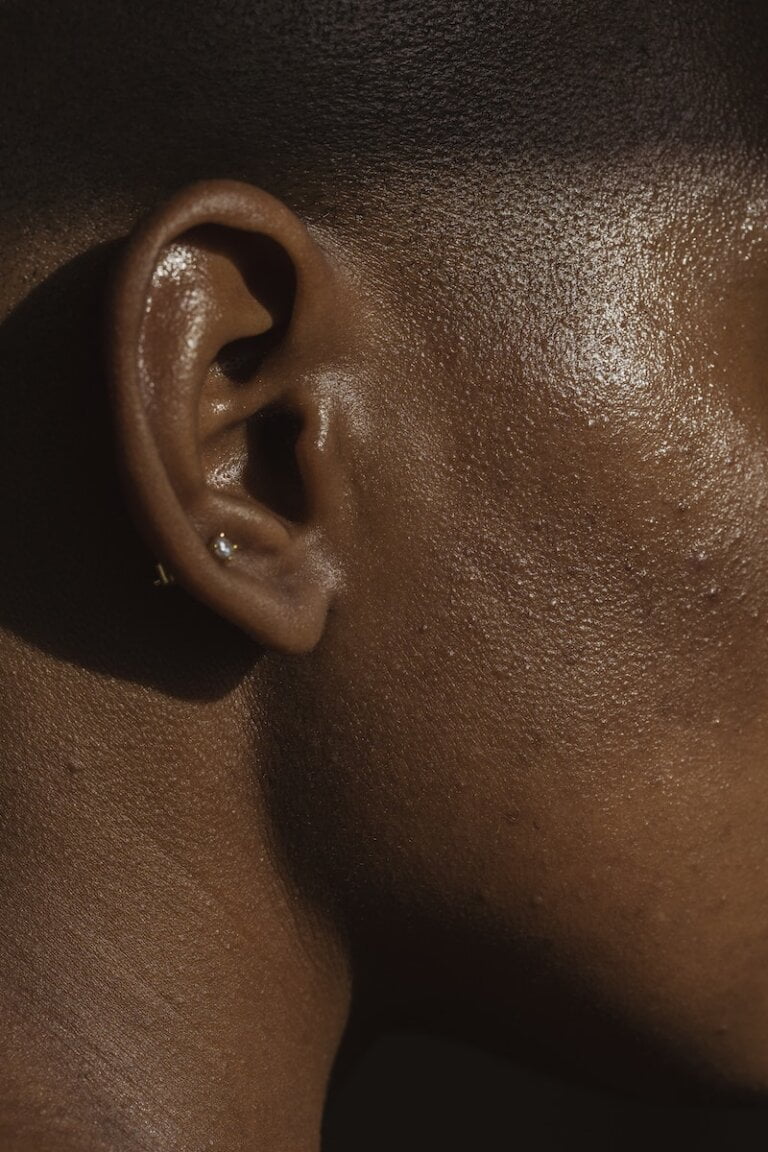Manual Removal Methods: Exploring Manual Instrument Ear Wax Removal
Earwax, also known as cerumen, is a natural substance produced by the ear canal to protect and lubricate the delicate ear tissues. While earwax is beneficial in small amounts, excessive buildup can lead to discomfort, hearing impairment, and even infections. In such cases, manual instrument ear wax removal can be an effective solution. In this article, we will explore various manual removal methods, their benefits, and how to safely use them.
Understanding Manual Instrument Ear Wax Removal
Manual instrument ear wax removal involves the use of specialized tools to gently extract excess earwax from the ear canal. These instruments, typically made of stainless steel or plastic, are designed to safely loosen and remove the wax without causing any harm to the ear. Manual removal methods are a popular choice among individuals who prefer a non-invasive approach and cannot or do not want to rely on ear drops or irrigation techniques.
Manual instrument ear wax removal offers several advantages over other methods:
-
Precise and Controlled: Manual instrument removal offers greater precision and control compared to other methods. The individual performing the procedure has direct contact with the ear canal and can carefully navigate around sensitive areas, minimizing the risk of injury. This precision allows for a more thorough removal of the wax.
-
Gentle and Effective: When used correctly, manual instruments can effectively remove stubborn or impacted earwax. The tools are designed to gently dislodge and extract the wax without causing pain or discomfort. This makes it a suitable option for individuals with sensitive ears or those who have experienced discomfort with other removal methods.
-
Immediate Relief: Manual removal methods often provide immediate relief from symptoms associated with excessive earwax, such as hearing loss, earaches, and itchiness. This makes them an attractive option for those seeking fast relief.
Exploring Different Manual Instrument Ear Wax Removal Techniques
1. Curette Method
A curette is a small, spoon-shaped instrument with a curved edge. It is commonly used by healthcare professionals to manually remove earwax. Here’s how to use a curette for ear wax removal:
-
Begin by sterilizing the curette using rubbing alcohol or a similar disinfectant. This step is crucial to prevent any potential infections.
-
Gently insert the curved end of the curette into the ear canal, being cautious not to push it too far or apply excessive pressure. The goal is to reach the wax without causing any harm to the ear canal or eardrum.
-
Using slow and gentle movements, carefully scrape or scoop out the earwax. It is important to be patient and avoid any sudden or forceful movements to prevent injury.
-
Clean the curette with a tissue or cotton ball after each pass to remove the extracted wax. This ensures that the tool remains clean and ready for further use.
-
Repeat the process until the desired amount of earwax has been removed. It is essential to be thorough but also to stop if any discomfort or pain occurs.
2. Ear Spoon Method
An ear spoon, also known as an ear scoop, is a small spoon-shaped tool specifically designed for ear wax removal. Here’s how to use an ear spoon for manual removal:
-
Like with a curette, ensure the ear spoon is properly sterilized before use. This step is crucial to maintain hygiene and prevent any potential infections.
-
Insert the spoon-shaped end into the ear canal, taking care to avoid inserting it too deeply. It is important to be gentle and avoid any forceful movements.
-
Gently scrape the earwax from the ear canal walls, moving in a circular motion. This motion helps to dislodge and collect the wax effectively.
-
Clean the ear spoon after each pass to remove any wax residue. This prevents any buildup of wax on the tool and ensures cleanliness.
-
Continue the process until the ear canal feels clear and comfortable. It is important to be patient, as it may take multiple passes to completely remove the wax.
3. Tweezers or Forceps Method
Tweezers or forceps with curved or angled tips can also be utilized for manual earwax removal. Follow these steps to safely use tweezers for earwax extraction:
-
Sterilize the tweezers or forceps using rubbing alcohol or a similar disinfectant. This step is crucial to prevent any potential infections.
-
Carefully insert the tip of the tweezers into the ear canal, ensuring you maintain a gentle grip to avoid injury. It is important to be cautious and avoid any sudden movements.
-
Gently grasp the earwax or any visible debris and slowly and delicately pull it out. It is important to be gentle and avoid applying excessive force to prevent any harm to the ear canal or eardrum.
-
Dispose of the extracted wax properly and sanitize the tweezers after each use. Proper disposal and sanitization help maintain hygiene and prevent any potential infections.
-
Repeat the process if necessary until the ear canal is clear. It is essential to be thorough but also to stop if any discomfort or pain occurs.
Safety Precautions for Manual Instrument Ear Wax Removal
While manual instrument ear wax removal can be effective and safe when done correctly, it is crucial to take certain precautions to avoid any potential harm:
-
Avoid Excessive Force: Be gentle when using manual instruments to prevent injury to the ear canal or eardrum. Applying excessive force can lead to pain, injury, and other complications. It is important to prioritize gentle and controlled movements throughout the process.
-
Do Not Insert Too Deeply: Make sure not to insert any instrument too far into the ear canal. The ear canal is delicate, and inserting a tool too deeply can cause damage or push the wax further into the canal. It is crucial to be cautious and only insert the instrument to a safe and comfortable depth.
-
Sterilize Instruments: Properly sterilize all instruments before use to reduce the risk of infection. Rubbing alcohol or a similar disinfectant can be used for this purpose. This step ensures that the tools are clean and free from any potential contaminants.
-
Know When to Seek Professional Help: If you are unsure about safely performing manual instrument ear wax removal or experience pain, bleeding, or worsening symptoms during the process, it is best to seek professional assistance from an ear specialist or healthcare provider. It is important to prioritize your safety and seek expert guidance when necessary.
In conclusion, manual instrument ear wax removal can provide a precise, gentle, and effective solution for individuals dealing with excessive earwax. By following the proper techniques and taking necessary precautions, individuals can safely remove earwax at home. However, it is important to be cautious and seek professional help when necessary.
Note: This article is for informational purposes only and should not substitute professional medical advice.
FAQ
Q: What is manual instrument ear wax removal?
A: Manual instrument ear wax removal involves using specialized tools to gently extract excess earwax from the ear canal.
Q: What are the advantages of manual instrument ear wax removal?
A: Manual instrument ear wax removal offers greater precision and control, is gentle and effective, and provides immediate relief from symptoms associated with excessive earwax.
Q: What are the different manual instrument ear wax removal techniques?
A: The different manual instrument ear wax removal techniques include the curette method, ear spoon method, and tweezers or forceps method.
Q: What safety precautions should be taken during manual instrument ear wax removal?
A: Safety precautions during manual instrument ear wax removal include avoiding excessive force, not inserting instruments too deeply, sterilizing instruments before use, and knowing when to seek professional help.







